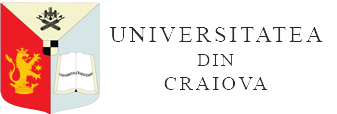CHROMATOGRAPHIC AND PHYTOBIOLOGICAL ASSESSMENT OF SOME NATURAL BORON-CONTAINING COMPOUNDS
DOI:
https://doi.org/10.52846/aamc.v53i2.1511Abstract
Boron (B) has many roles in the plant kingdom, being an essential element for fundamental metabolic pathways, with reference to carbohydrates, ribonucleic acid, phenolic compounds, indole acetic acid derivatives, respiration, as well as for the structure of cell wall and integrity of plasma membrane, cell division, differentiation, and elongation at the level of meristematic tissues, growth of the pollen tube, grain maturation. It has also been shown that the low amount of B can cause sterility during herbal reproductive stage.
For identification and quantitative determination of some natural B-containing compounds (BCCs), such as boric acid, fructoboric acid and its derivatives (Ca–fructose–B complex and Zn–fructose–B complex), sodium tetraborate, high-performance thin-layer chromatography (HPTLC)–ultraviolet (UV) densitometry method was used, based on the following experimental conditions: stationary phase HPTLC silica gel G 60 F254 precoated glass plates, mobile phase 2-propanol–water 8:2 (v/v), derivatization with chlorogenic acid.
The phytobiological assessment of natural BCCs was carried out using Triticum test. A slight stimulation of the mean radicular elongation of wheat-germinated caryopses, compared to the reference, was recorded for fructoboric acid and its derivatives at a concentration of 0.1% expressed in B.


